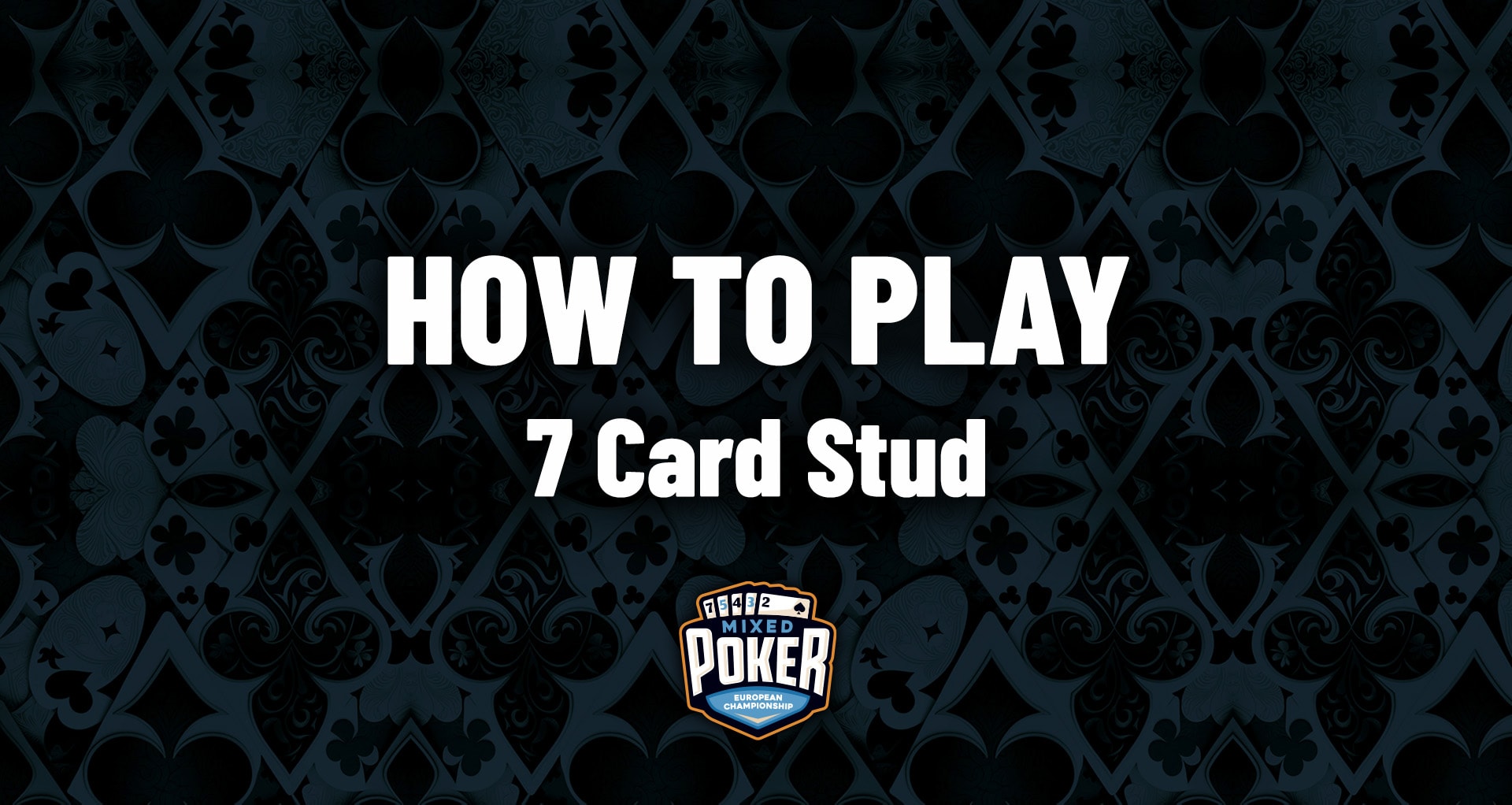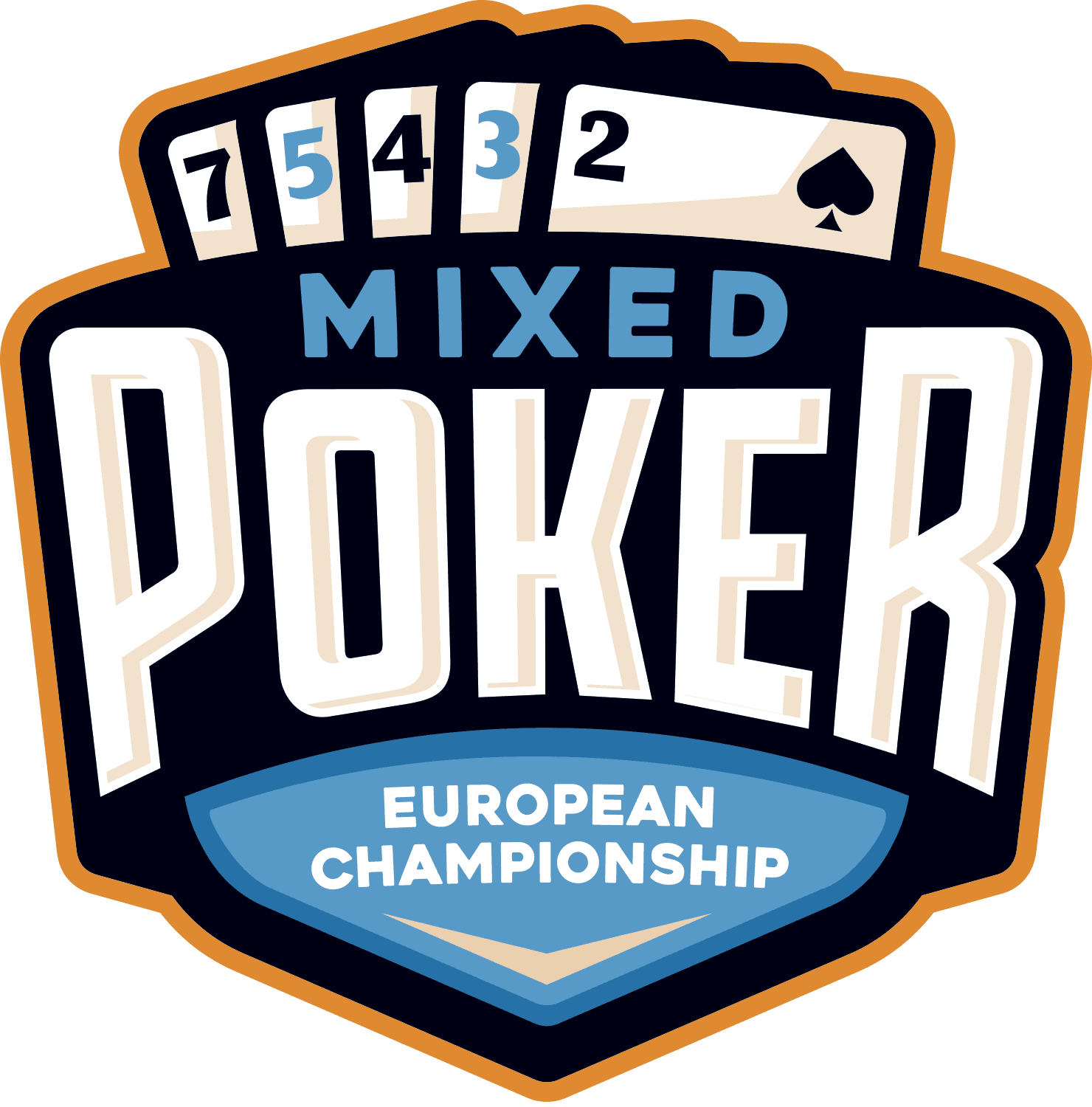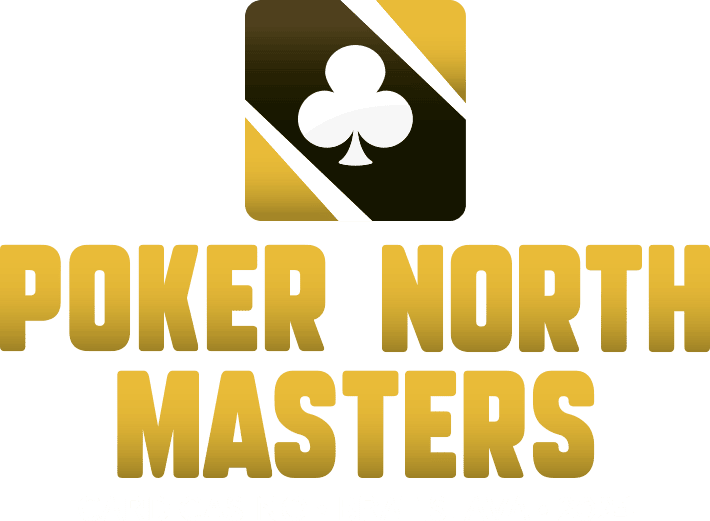HOW TO PLAY
7 Card Stud
The object of Stud is to make the best five-card hand. Hand rankings are the same in this game as they are in regular NLHE, and at showdown the highest strength five-card hand wins. Each player is initially dealt two cards face down and one card face up, this is called the 3rd street, as you have been dealt 3 cards. You then get dealt 4th, 5th and 6th street face-up, while 7th street is dealt face-down. At showdown, the best five-card hand, which is formed from your dealt seven cards, wins.
In Stud there is no button in play. On 3rd street the player with the lowest up card (ace is the highest, deuce is the lowest) acts as the ‘Bring-in’, which can effectively be looked at in a similar light to posting a blind. If two or more players have the same lowest card, the bring-in will be determined by lowest suit (from high to low: Spade, heart, diamond, club). The bring-in size compared to the limits will vary from level to level when playing live, but is usually around 1/3 of a small bet, the player could also complete for a full bet instead of putting the bring-in, but it’s almost always the wrong play. After the bring-in is posted, the action will start to the direct left of the bring-in and go round the table clockwise.
From 4th street onwards the action will always start on the best board, the one with the highest showing poker hand. Therefore position can change between hands. Stud follows a limit bet structure with a small bet on 3rd and 4th street, and bigbets on 5th, 6th and 7th street. On every street there can be a maximum of one bet and four raises.
As previously mentioned, hand rankings are the same as they are in regular NLHE. As a result of this, the best hand possible at showdown is a Royal Flush. Where Stud differs from NLHE, is that there are no community cards. One of the things to note is that unlike in hold’em, two players can make a flush in different suits, and the winner will be whoever has the highest flush (for example, AT876 flush beats A9653 flush, with a T kicker.) Keep in mind that despite the similarity to hold’em hand strengths, and winning chances will be different since there are no community cards, making it easier to win despite being behind.
Playing the game live:
- Make sure to pay attention at the beginning of every hand. Both to know which cards are being tossed into the muck, but also to get an idea of the strength of players’ ranges.
- When you receive your 3rd card face-down on 7th street, you can mix it as much as you like with the two other down cards.
- Concentrate on remembering cards that are interacting with your hand (cards that can give you trips, pairs, flushes or straights).
Pro tips:
- If you have a high up card vs low up cards behind, it can be a good opportunity to steal. For example, if you have a K up and are next to act, and the players behind have a 2 and a 4, this is a great opportunity to raise and steal the pot despite whatever cards you have behind.
- Be aware that hand strengths will vary a lot depending on your opponent’s board. Players pairing their door card (their first up card) will give them trips way more often than you might think, because playing split pairs (starting with your door card paired) usually makes up for a decent portion of a players starting range.





